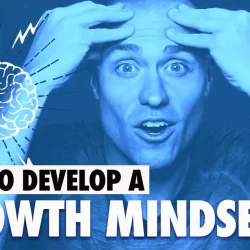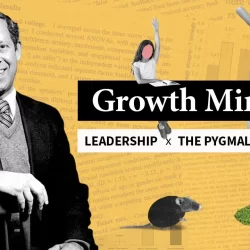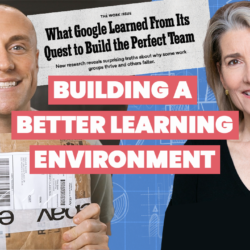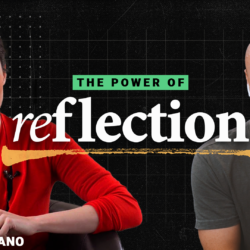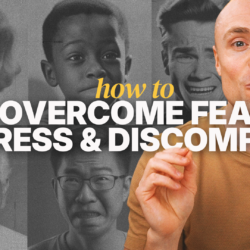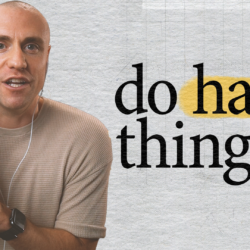written by: Trevor Ragan
Every morning after my workout class, I hit the Starbucks drive-thru. And every single time, I order a grande nitro cold brew. They’re so good – especially for the first couple of minutes after they’re poured. The nitro bubbles swirl around creating the smoothest texture in all of the land. It’s perfect. An absolute 10/10. After a couple of minutes the bubbles all settle into a foam at the top. At this point it’s still good, but more of a 7.5/10.

At 10:15a there’s always a line of cars at the drive-thru.
So most mornings I place my order, wait in line for a few minutes, pay, and they hand me a nitro that’s already a little past its prime – foam settled at the top, a 7.5er.
But a couple of times each week, something magical happens. Sara is working.
Sara hands me a freshly poured nitro – bubbles in full-on swirl mode – every single time. And those mornings I get that 10/10 nitro experience.
This is small but it makes my day.
Yesterday, as she handed me another perfect nitro, I finally told her:
“I love that you always time out the nitro pour just right.”
She smiled and said:
“Oh, I know… nitros are SO good for those first couple of minutes.”
It wasn’t Starbucks’ policy or some training manual note. Sara just gets it because she’s a nitro drinker herself. She’s spent time on my side of the counter and understands what makes a nitro special. Because of that, she’s providing a better experience to her customers.
I’ve noticed something similar at my workout classes. The coaches are awesome. Yes, they’re knowledgeable and encouraging and funny. But I think their real secret is that they take the classes themselves. Experiencing class as a student puts them in a better position to coach, connect, and lead.
So why does this matter?
These leadership lessons work outside of Starbucks and my gym.
When we’re in leadership roles, we often don’t take the time to put ourselves in the shoes of the people we’re leading. This creates an empathy gap – and that distance between us and them can hurt how we coach, teach, connect with, and advise those we’re supposed to be helping.
This is a symptom of something called The Curse of Expertise. We made a video on the topic (see below).
The big idea is: when we spend too much time in the leader, teacher, coach role, we forget what it’s like to be on the other side.
I’ve started trying to close that gap in my own work. To improve my workshop and presentation skills, I’ve been trying to attend more talks as an audience member. Sitting there, I’ve learned things I didn’t notice from the stage.
I used to think 60 minutes was fine before taking a break. Now I know that 35-40 is better. When you’re on the stage, time flies, but not so much when you’re sitting in an uncomfortable chair.
I thought packing a bunch of content into every slide was important, but now I see that most of the time people are watching the person speaking, not staring at the screen.
Action Items
It’s not always easy, but finding ways to step into the shoes of the people we’re working with will improve how we communicate, lead, and connect.
No matter our industry, helping our people become better learners is a good idea. Spending time working on our own learning, building new skills, and figuring stuff out will help us do that.

